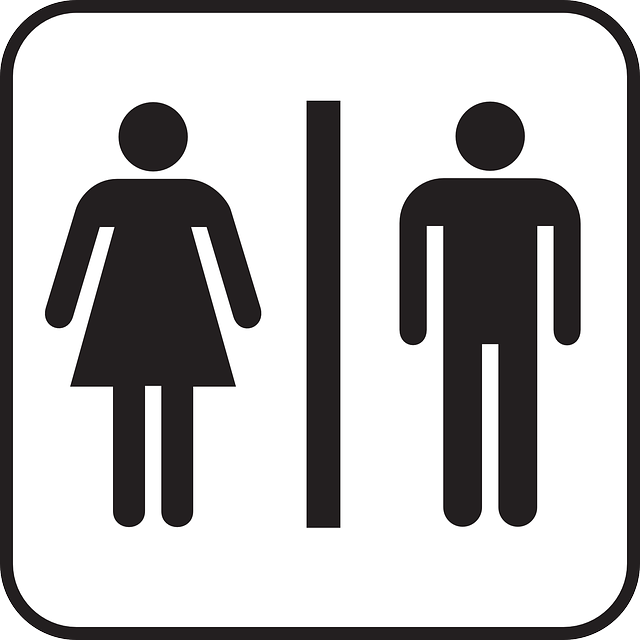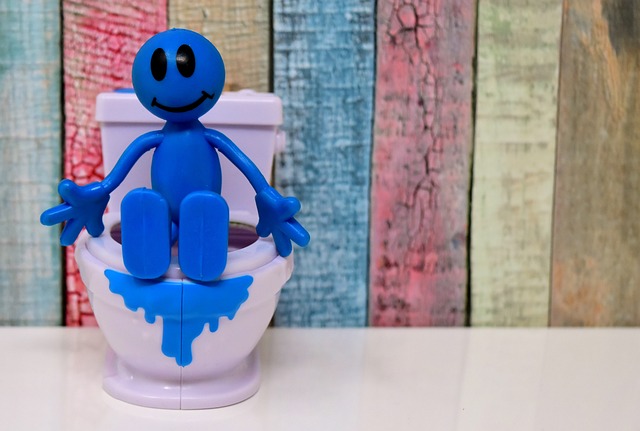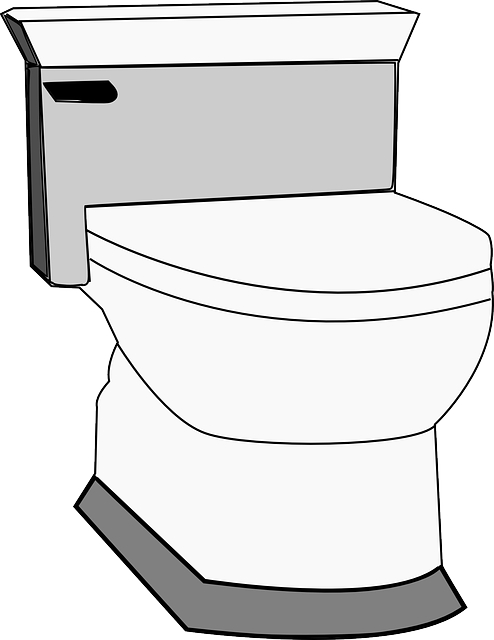Toilet installation goes beyond swapping out an old unit, involving multiple steps from removal to sealing for water tightness. Professionals handle diverse toilet types, considering tank size, bowl design, and smart features while adhering to local plumbing codes. Proper measurement, selection of the right model, fixtures, efficient drainage, and licensed installation by experts are key to a successful project, preventing leaks, water waste, and structural damage. Consulting professionals ensures compliance, seamless fit, and peace of mind through guarantees.
Looking to upgrade your bathroom with a new toilet? Full-service toilet installation is key to ensuring a seamless, efficient, and long-lasting fixture. This comprehensive guide breaks down everything from understanding the process to choosing the right toilet and avoiding common mistakes. Learn why professional services are vital, explore essential components, and discover a step-by-step approach for a successful toilet installation project, all tailored to meet your specific needs. Discover expert tips for optimal results—from selection to final fitting—for your dream bathroom.
Understanding Full-Service Toilet Installation: A Comprehensive Overview

Full-service toilet installation goes beyond simply replacing an old toilet with a new one. It encompasses a range of services that ensure your new toilet is not only functional but also aesthetically pleasing and efficiently designed. This comprehensive process involves several key steps, including removing the existing toilet, preparing the floor and plumbing connections, installing the new toilet, and ensuring proper sealing for water tightness.
Professional installers are adept at handling various toilet types—from standard gravity-fed models to low-flow and high-efficiency toilets—ensuring they meet your specific needs and preferences. They also take into account factors like tank size, bowl design, and even the latest smart toilet features. A full-service installation includes testing the new toilet’s functionality and ensuring it complies with local plumbing codes, guaranteeing you a seamless and stress-free experience from day one.
The Importance of Professional Toilet Installation Services

When it comes to toilet installation, opting for professional services is paramount. A poorly installed toilet can lead to persistent leaks, water wastage, and even structural damage over time. Professional installers possess the expertise and tools required to ensure a seamless fit, aligning the toilet with your plumbing system for optimal performance.
They also consider important factors like space constraints, water pressure, and drainage systems, ensuring the new toilet enhances your bathroom’s functionality and efficiency. Furthermore, professional services come with guarantees, offering peace of mind that your investment is secure.
Key Components of a Successful Toilet Installation Project

A successful toilet installation project hinges on several key components. Firstly, proper measurement and selection of the right toilet model for your space is essential. This involves considering factors like bowl size, shape, and height to ensure a perfect fit. Additionally, the choice of fixtures and finishes plays a significant role in aesthetics and functionality, aligning with modern design trends or preserving vintage charm.
Plumbing infrastructure preparation is another critical aspect. This includes assessing the water supply lines, waste pipes, and venting systems to guarantee they meet the new toilet’s requirements. Efficient drainage and proper ventilation are vital for maintaining bathroom comfort and preventing clogs. Moreover, expert installation by licensed professionals ensures compliance with building codes, guarantees a secure fit, and minimizes potential leaks or issues down the line.
Choosing the Right Toilet for Your Space and Needs

When considering a full-service toilet installation, choosing the right toilet is paramount. It’s crucial to assess your space constraints and individual needs. Toilets come in various sizes, shapes, and styles—from compact models perfect for small bathrooms to luxurious, feature-rich options that elevate your bathroom experience. The right fit ensures optimal functionality and aesthetic appeal.
Key factors to consider include water efficiency (low-flow toilets save water), design (modern or traditional), features (like heated seats or built-in bidets), and durability. Consulting with a professional installer can help you navigate these options, ensuring the toilet aligns seamlessly with your space and lifestyle requirements, enhancing your overall toilet installation experience.
Step-by-Step Process of Full-Service Toilet Installation

The full-service toilet installation process involves several meticulous steps, ensuring a seamless and functional bathroom upgrade. It begins with an initial assessment where professionals measure the existing space, evaluate plumbing configurations, and consult with clients about their preferences and requirements. This crucial step determines the toilet’s size, style, and compatibility with the available infrastructure.
Once the selection is made, the installation team proceeds with meticulous precision. They start by preparing the bathroom floor, removing any obstacles, and installing necessary fixtures. This includes connecting water lines, ensuring proper drainage, and securing the toilet base. The experts then carefully position the toilet, level it for optimal performance, and make any adjustments required. Finally, they seal gaps, install accessories like toilets seats and handles, and perform a comprehensive test to guarantee the new toilet’s functionality and efficiency.
Common Mistakes to Avoid During Toilet Installation

When installing a new toilet, many homeowners make mistakes that could lead to costly repairs or uncomfortable situations down the line. One common error is not properly assessing the existing plumbing setup. Toilets require specific water connections and waste lines, so neglecting this step can result in compatibility issues and leaks. Always check your pipes and plan accordingly before beginning installation.
Another mistake to avoid is neglecting proper leveling and positioning. A toilet that’s not installed level can cause flooding or poor drainage. Ensure the base is secure, flat, and aligned with the floor for seamless functionality. Moreover, using the wrong type of toilet for your plumbing system or ignoring local building codes can lead to problems, so always consult professionals or refer to guidelines to ensure a smooth, efficient Toilet Installation process.
